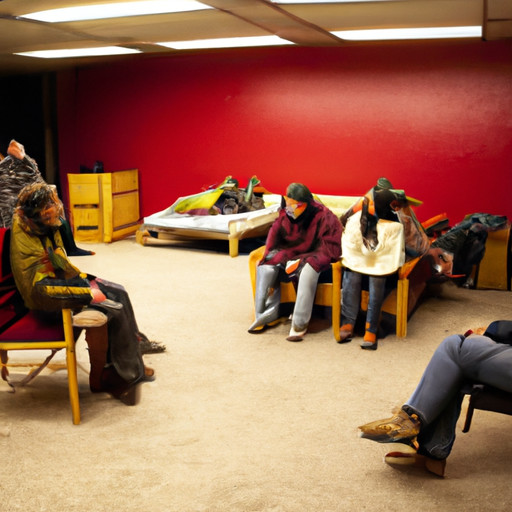An Assessment of Sudbury’s Safe Consumption Site: One Year On
In a climate where the opioid crisis continues to wreak havoc across Canada, safe consumption sites (SCS) are a much-discussed response. In this discussion, we’ll critically evaluate the current state of Sudbury’s SCS, which recently marked its first year of operation. Before diving into our analysis, allow us to provide an overview of the efforts taken by the Ontario city to combat the opioid crisis.
Appreciating the State of Affairs
Given the crisis’ adverse effects on large cohorts of various Canadian communities, inclusive of alarming surges in opioid-related overdoses and deaths, it is vital to shed light on and consider every initiative intended to remedy the situation.
Snapshot of Sudbury’s Safe Consumption Site
Ran by Réseau ACCESS Network, Sudbury’s SCS offers people who use drugs a safer space and clean equipment for use, combined with immediate response to overdoses and a link to treat opioid use disorder. During its first year, the site reported over 4,600 visits, indicating a high demand for the services provided.
Challenges and Implications
Homelessness and Crime Rates
Despite the programs introduced by the SCS, challenges persist in Sudbury. With homelessness rates on the rise and reported crime refusing to subside, the effect of the SCS on public order and safety is debatable. The city’s high homelessness rate is particularly concerning, signifying the need for robust harm reduction strategies linked to housing, employment, and mental health services.
Effect on Emergency Services
Another contentious issue at play is the effect of SCS on the utilization of emergency services. Notably, emergency calls to local police have declined gradually but emergency medical calls have not decreased significantly. It suggests that the SCS might be reducing the burden on law enforcement agencies but not necessarily on emergency healthcare.
Overview of Efforts to Combat the Opioid Crisis in Ontario
- An increase in the provision of naloxone kits to establishments and individuals across the province
- Dedicated funding to allow for the establishment and continued operations of multiple SCS sites
- Commencement of the Canadian opioid abatement class action seeking restitution for communities’ attempts to mitigate the opioid crisis
- Robust public health messaging focusing on prevention and awareness
A meaningful response to the opioid crisis, however, requires more than the above. Although these approaches undoubtedly play a role in handling the opioid crisis, a durable solution will necessitate a broader strategy that incorporates efforts to address homelessness, adapt policing and emergency response, and expand psychiatric and addiction treatment facilities.
Final Thoughts: Through the Eyes of the Civic and Community Leaders
In summing up, it is abundantly clear that the opioid crisis is a severe issue that requires comprehensive action. Utilizing SCS like Sudbury’s can form part of this by promoting safer drug use, reducing the strain on emergency health services, and providing a gateway to treatment options.
However, the ongoing issues in Sudbury’s public order and safety, as well as its increasing homelessness problem, demonstrate that these community-based interventions need to be reinforced with approaches that address structural challenges—a balanced socio-economic milieu is paramount for tackling the opioid crisis.
By understanding Sudbury’s situation it gives civic and community leaders a platform to review the operation of SCS, and its broader implications. Through lessons learned, it aids the creation of robust strategies that holistically address the opioid crisis and its detrimental effects on communities throughout Canada.
Let’s remember the priority here; together we can, and should, work towards a Canada where all citizens are safe from the effects of the opioid crisis and where solutions are in reach for those in need.
